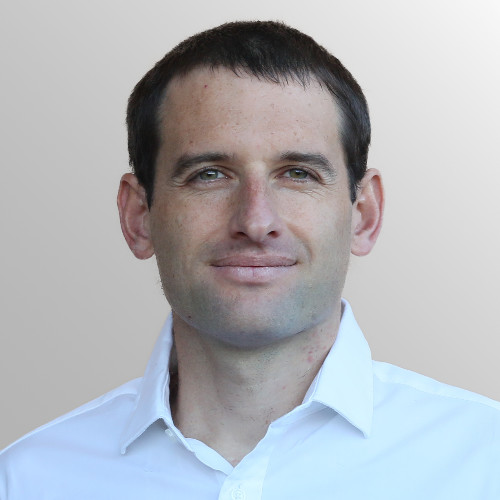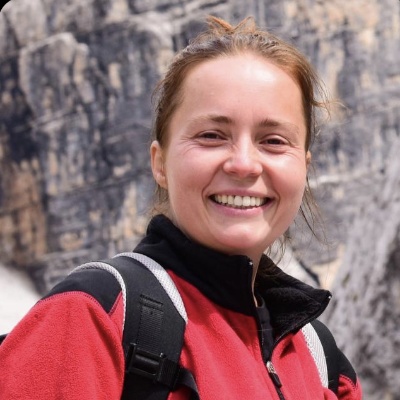Weather & Climate
Tutorials
Blog Posts
Discussion Seminars and Webinars
Talks
-
NeurIPS 2021
- Amy McGovern: Developing Trustworthy AI for Weather and Climate (Invited talk)
-
ICML 2021
- Solomon Assefa: Addressing Enterprise Decarbonization and Climate Resiliency Goals with Advances in AI, Cloud, and Quantum Computing (Invited Talk)
- Summer School 2024
Workshop Papers
| Venue | Title |
|---|---|
| AAAI FSS 2022 |
Generating physically-consistent high-resolution climate data with hard-constrained neural networks
Abstract and authors: (click to expand)Abstract: The availability of reliable, high-resolution climate and weather data is important to inform long-term decisions on climate adaptation and mitigation and to guide rapid responses to extreme events. Forecasting models are limited by computational costs and therefore often predict quantities at a coarse spatial resolution. Statistical downscaling can provide an efficient method of upsampling low-resolution data. In this field, deep learning has been applied successfully, often using methods from the super-resolution domain in computer vision. Despite often achieving visually compelling results, such models often violate conservation laws when predicting physical variables. In order to conserve important physical quantities, we develop methods that guarantee physical constraints are satisfied by a deep downscaling model while also increasing their performance according to traditional metrics. We introduce two ways of constraining the network: a renormalization layer added to the end of the neural network and a successive approach that scales with increasing upsampling factors. We show the applicability of our methods across different popular architectures and upsampling factors using ERA5 reanalysis data. Authors: Paula Harder (Fraunhofer Institute ITWM, Mila Quebec AI Institute), Qidong Yang (Mila Quebec AI Institute, New York University), Venkatesh Ramesh (Mila Quebec AI Institute, University of Montreal), Alex Hernandez-Garcia (Mila Quebec AI Institute, University of Montreal), Prasanna Sattigeri (IBM Research), Campbell D. Watson (IBM Research), Daniela Szwarcman (IBM Research) and David Rolnick (Mila Quebec AI Institute, McGill University). |
| AAAI FSS 2022 |
Self-Supervised Representations of Geo-located Weather Time Series - an Evaluation and Analysis
Abstract and authors: (click to expand)Abstract: Self-supervised learning (SSL) is gaining traction in various domains, and demonstrated their potential particularly in tasks where labelled data is limited and costly to collect. In this work, we evaluate the performance existing self-supervised multivariate time series learning algorithms on weather-driven applications involving regression, classification and forecasting tasks. We experiment with a two-step protocol. In the first step, we employ and SSL algorithm and learn generic weather representations from multivariate weather data. Then, in the next step, we use these representations and fine-tune them for multiple downstream tasks. Through our initial experiments on air quality prediction and renewable energy generation tasks, we highlight the benefits of self-supervised weather representations, including improved performance in such tasks, ability to generalize with limited in-task data, and reduction in training time and carbon emissions. We expect such a direction to be relevant in multiple weather-driven applications supporting climate change mitigation and adaptation efforts. Authors: Arjun Ashok (IBM Research), Devyani Lambhate (IBM Research) and Jitendra Singh (IBM Research) |
| AAAI FSS 2022 |
Predicting Daily Ozone Air Pollution With Transformers
Abstract and authors: (click to expand)Abstract: Surface ozone is an air pollutant that contributes to hundreds of thousands of premature deaths annually. Ozone at the surface also has considerable negative impacts on vegetation and crop yields. Ozone concentrations are affected by environmental factors, including temperature, which means that ozone concentrations are likely to change in future climates, posing risks to human health. This effect is known as the ozone climate penalty, and recent work suggests that currently polluted areas are likely to become more polluted by ozone in future climates. In light of recent stricter WHO regulations on surface ozone concentrations, we aim to build a predictive data-driven model for recent ozone concentrations, which could be used to make predictions of ozone concentrations in future climates, better quantifying future risks to human health and gaining insight into the variables driving ozone concentrations. We use observational station data from three European countries to train a transformer-based model to make predictions of daily maximum 8-hour ozone. Authors: Sebastian Hickman (University of Cambridge), Paul Griffiths (University of Cambridge), Peer Nowack (University of East Anglia) and Alex Archibald (University of Cambridge) |




















